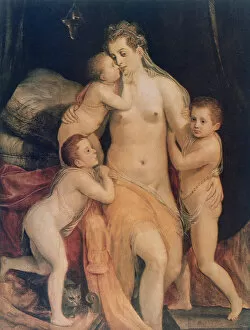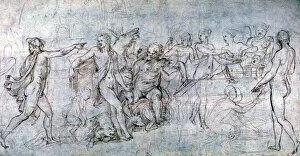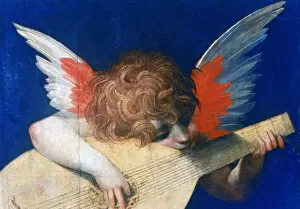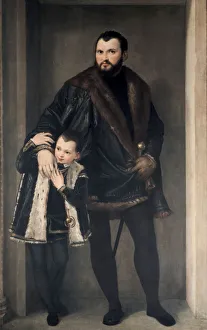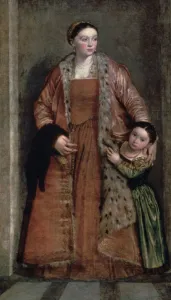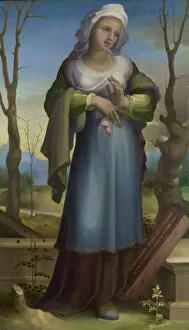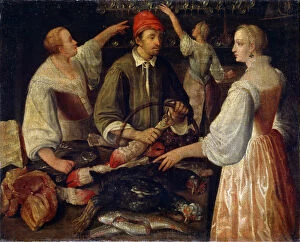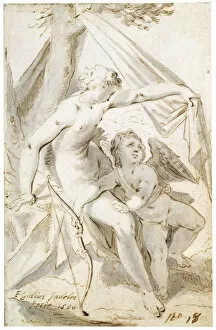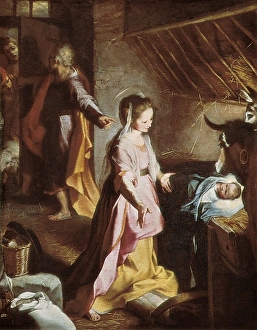Mannerism Collection (page 44)
"Mannerism: A Captivating Display of Artistic Eccentricity" Step into the world of Mannerism, a captivating artistic movement that emerged in the late Renaissance period
All Professionally Made to Order for Quick Shipping
"Mannerism: A Captivating Display of Artistic Eccentricity" Step into the world of Mannerism, a captivating artistic movement that emerged in the late Renaissance period. With its exaggerated forms, elongated figures, and intricate compositions, Mannerism pushed the boundaries of traditional art. Take a glimpse at El Greco's "View of Toledo, " where the artist skillfully captures an otherworldly landscape with distorted perspectives and vibrant colors. In his masterpiece "The Fable, " El Greco showcases his unique style through elongated figures and dramatic lighting, creating a sense of mystery and intensity. Agnolo Bronzino's "An Allegory with Venus and Cupid" mesmerizes viewers with its sensual yet enigmatic portrayal. The delicate details and meticulous brushwork highlight Bronzino's mastery in capturing complex emotions within his subjects. Benvenuto Cellini's sculpture "Perseus" astonishes with its dynamic composition and intricate detailing. This masterpiece embodies the essence of Mannerist sculpture by showcasing exaggerated poses and elaborate ornamentation. The School of Fontainebleau presents us with "Gabrielle d'Estrees and one of her sisters. " This painting exudes elegance as it portrays two noblewomen engaged in intimate conversation while surrounded by sumptuous fabrics—a testament to the refined aesthetics characteristic of Mannerism. Raphael's "Transfiguration" exemplifies how this artistic movement blended elements from both High Renaissance classicism and emerging Mannerist tendencies. The harmonious composition combined with intense emotion creates a powerful visual narrative. Intriguingly titled "Minerva Victorious over Ignorance, " this artwork symbolizes knowledge triumphing over ignorance through allegorical representations—an essential theme explored during this era. Anonymous brings forth Antonietta Gonsalvus in their portrait, revealing beauty beyond conventional norms—a reflection on society's obsession with physical appearance during that time.

